Winter months, though best for Santa Claus, are not friendly to sprinkler systems. The cold could damage your pipe and valves. That would mean your lush and green garden will suffer.
And that’s not all. The damages will also eat deep into your pockets. Say you live in areas where ground temperatures are below freezing point; the said damages could even be fatal to your sprinkler system.
To avoid losing your garden, money, and time, it’s best that you prepare ahead of winter. How?
Winterize your sprinkler system with the steps below:
Turn Off The Water
The first step to winterizing your sprinkler system is to turn off the water supply. That should be easy to find. Say you can’t find the main supply; look to the valve near your water meter and turn it off.
Aside from the main valve for water supply, other openings prevent backflow -usually two. You should turn those off too.
Can’t find the backflow valves?
Perhaps your sprinkler is the potable-water kind. Those kinds don’t have the backflow valves.
Shut Down The Timer too
Once you have appropriated the water supply and backflow, the next thing you want to check is the timer. The chances are that your sprinkler system runs an autostart.
So, check and see that you shut the timer off. Else, your efforts in step one will be futile.
In another case, some sprinkler systems come with rain mode. The preset configuration shuts down the timer. You can use such during the winter too, and once the cold has passed, put off the rain mode.
Let The Water Out
You have prevented water from getting into the irrigation system. Even at that, you need to drain the water already in it.
Unfortunately, draining water can be hectic. The stress aside, the process takes time and might require specialized tools and expertise.
That said, it is best to hire experts like Sprinklrite for this stage. Nevertheless, you should know the methods of draining water from sprinkler systems. Here are the three usual ways:
- The Automatic Method
This option is the easiest and the least technical way to drain water from your sprinkler system. Often, you will even find a few systems that intuitively remove water from your tanks. Once you shut the supply valve, there will be a reduction in water pressure. Automatically, the system starts draining.
If after the automatic process you suspect that there is water in the tank, loosen the solenoid. Doing so will allow room for more air, and that in turn means your irrigation system will push out any water it might have in storage.
- The Manual Method
This method is quite convenient too. Here, what you will do is locate the endpoint of your pipes. Now, check if the endpoints have shut-off valves.
A shut-off valve opens out from your sprinkler system to let water out at pressure. You might want to protect your eyes while doing this.
Also, don’t open the valves at once. Instead, do it one after the other, and close the pipes once drainage is complete.
- The Blow-Out Method
This method is the fastest way to drain water from your sprinkler system. It is also the hardest to pull as a DIY.
You should also know that any mistake using the blow-out draining could damage your sprinkler system, especially when the machine isn’t the right fit.
About machines, the conventional air compressors (for home and office use) don’t generate enough pressure to blow out your irrigation system. At most, the devices will do only a little. The leftovers will freeze during winter.
Insulate The Units Above Ground Level
After shutting off water inflow and the leftovers in your sprinkler system, you should also care for the units. In particular, tend to the components above ground level that are likely to get cold.
Typical examples of such components are backflow preventers and shut-off valves. Aside from those, also look out for exposed pipes. Once you find those units, ensure you insulate them.
For the backflow preventers, be careful not to block the vents or ducts.
Check With Your Manual
The steps we have listed so far fit general sprinkler systems. But we will still advise that you read the guide for your product. There might be a few additions to make.
Don’t have the time to read guides?
Well, you can save yourself time and delegate the whole process of winterizing your sprinkler system to experts like Sprinklrite.
Recent Posts
Top 5 Benefits of Sprinkler Irrigation Systems In Your Garden
What Are The 5 Types of Irrigation Systems?
8 Gardening Tips For Beginners


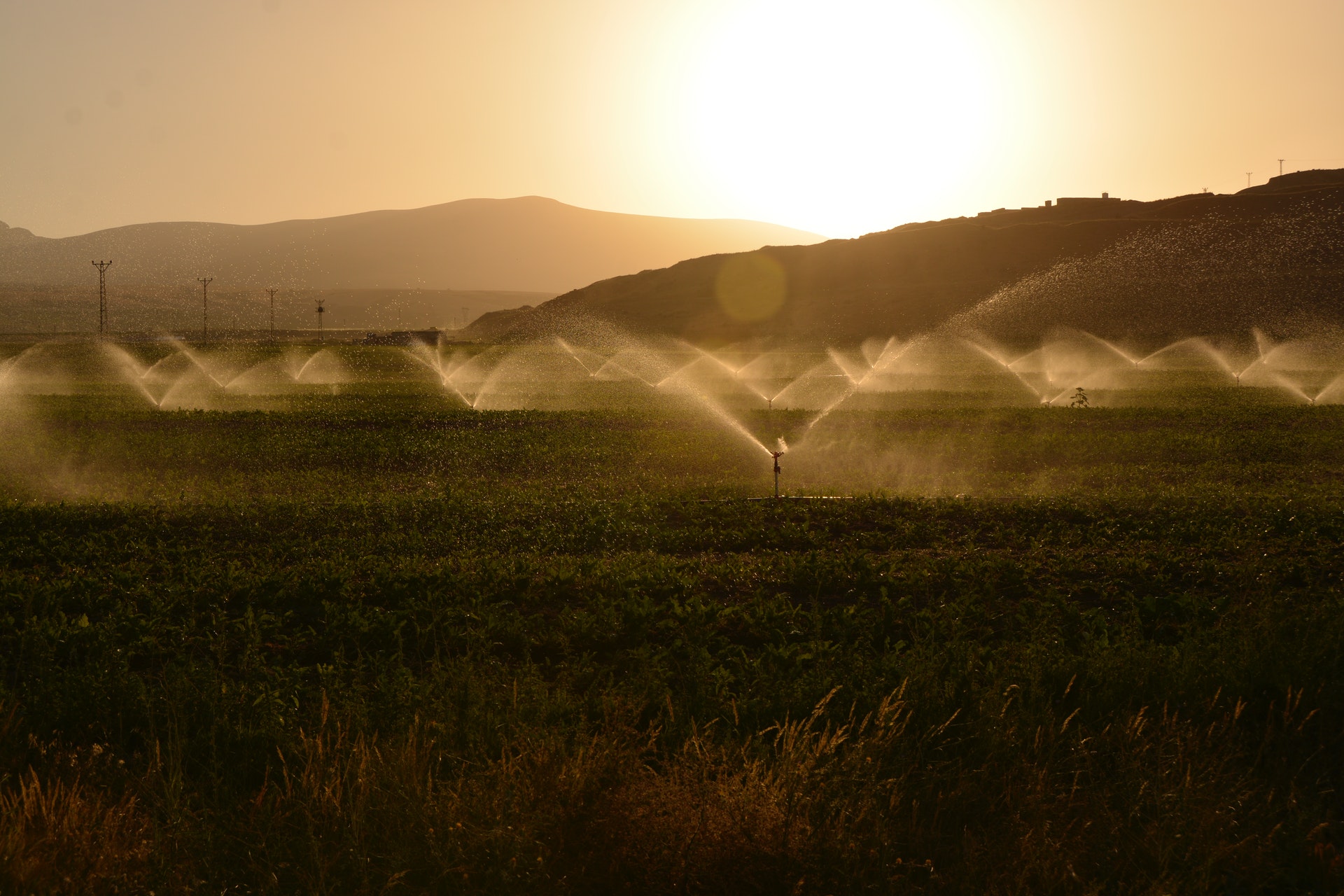

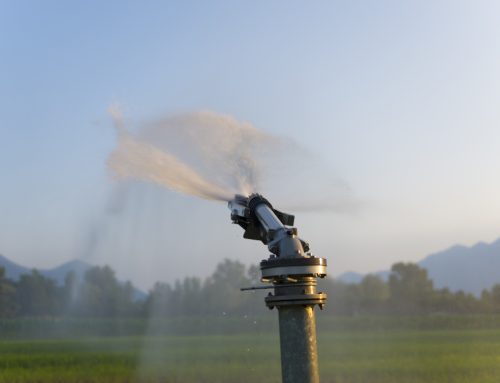
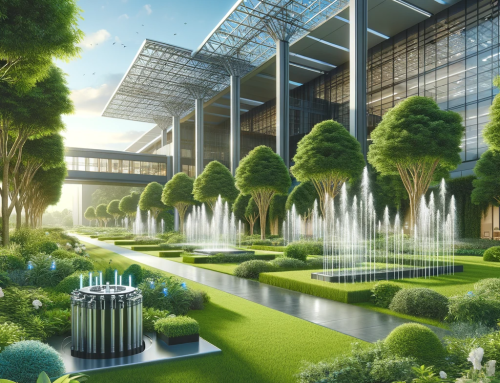
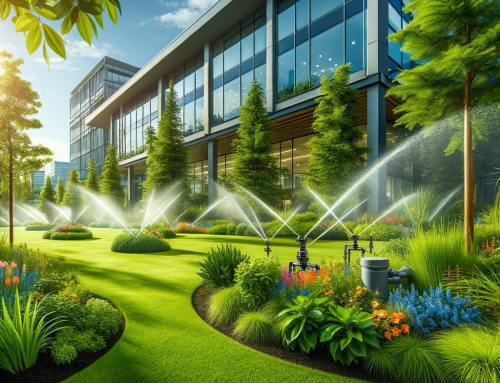
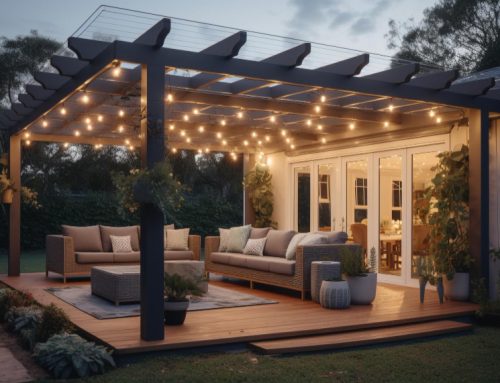
Leave A Comment